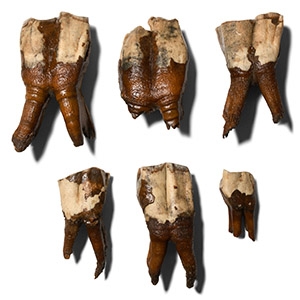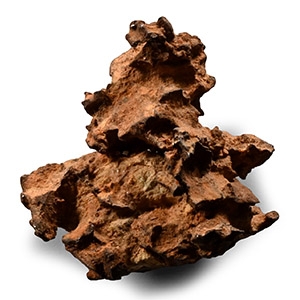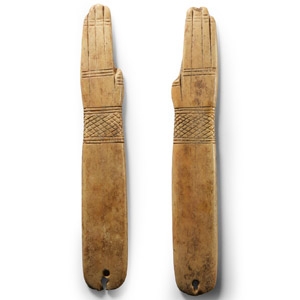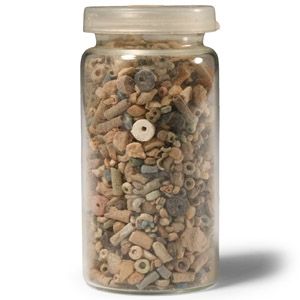Home > Auctions > 4 June - 8 June 2024
Ancient Art, Antiquities, Natural History & Coins
Auction Highlights:
From a Cambridgeshire, UK, collection.
Property of a Cambridgeshire, UK, gentleman.
From a collection acquired on the UK art market from various auction houses and collections mostly before 2000.
From an important Cambridgeshire estate; thence by descent.
From a Lincolnshire, UK, collection.
Property of a Cambridgeshire, UK, gentleman.
From Morocco, North Africa.
Acquired from Richard and Mark Hawkes of Stone Treasures, Nottinghamshire, UK.
Ian Wilkinson collection, Nottinghamshire, UK, formed since 1985.
Accompanied by a Stone Treasures identification card.
From a Cambridgeshire, UK, collection.
Property of a Cambridgeshire, UK, gentleman.
Carcharodon megalodon is regarded as one of the largest and most powerful marine predators in vertebrate history and likely had a profound impact on structuring of the marine communities. Fossil remains indicate that this giant shark reached a length of more than 16 metres (52 ft) and also affirm that it had a cosmopolitan distribution. Scientists suggest that in life it looked like a stockier version of the great white shark, Carcharodon carcharias.
From Yakutsk, Perma Frost Region, Siberia.
Acquired from an old Dutch collection.
From the collection of a Norfolk, UK, lady collector.
From a Lincolnshire, UK, collection.
Property of a Cambridgeshire, UK, gentleman.
From exhausted South Cave Quarry, Yorkshire, UK.
Found in Chile's Atacama desert while filming an episode of the TV series Meteorite Men, the find was caught on camera and is shown in the Meteorite Men 'Chile' episode, at about the 14th minute.
Acquired from Steve Arnold, co-star of 'Meteorite Men'.
Ian Wilkinson collection, Nottinghamshire, UK.
Accompanied by a signed certificate of authenticity card from Steve Arnold, a copy of the sales listing, and an aluminium identification plaque.
Imilac specimens are highly prized by meteorite collectors; the finding of this specimen was caught on camera and formed part of an episode of the TV show 'Meteorite Men'.
Ex London, UK collection, 1990s.
Acquired from Ancient & Oriental, circa 1987.
Ian Wilkinson collection, Nottinghamshire, UK, formed since 1985.
Cf. Riccardelli, C., Mass, J.L., Thornton, ‘Egyptian Faience Inlay Techniques: a process for obtaining detail and clarity by refiring’ in Material Issues in Art and Archaeology VI, Boston, vol.712, 2002, pp.II10.7.2II.10.25, for discussion of the Egyptian faience of the New Kingdom.
The faience of the New Kingdom period is frequently decorated with an expanded palette of red, black, and yellow. This polychrome decoration was often accomplished by inlaying one colour of paste onto another.
From the collection of Doctor Girard, a collector for over 60 years.
with Hotel des Ventes de Clermont-Ferrand, 22 May 2017.
Property of a French collector.
Cf. Petrie, W.M.F., Amulets. Illustrated by the Egyptian Collection in University College, London, 1914, pl. I, nos. 7a-p, for examples of heart amulets.
According to ancient Egyptian beliefs, the heart (ib) was considered to be the centre of intelligence, emotions, and behaviour. The heart was also believed to store an individual's memories. During the Weighing of the Heart ceremony in the afterlife, the heart could speak up for the deceased and account for their lifetime of actions before Osiris. For this reason, heart amulets were placed on the mummy to safeguard the organ and ensure a favourable outcome during judgment.
277 - 288 of 2809 LOTS

.jpg)

.jpg)
.jpg)
.jpg)



.jpg)


.jpg)
.jpg)







